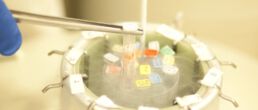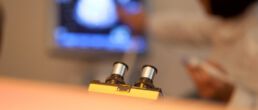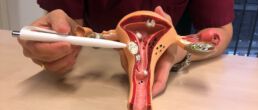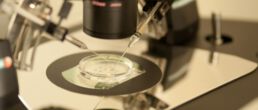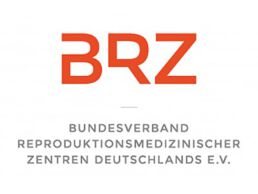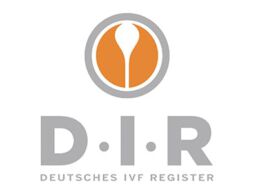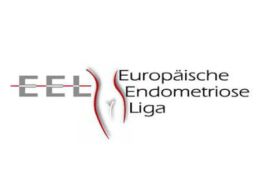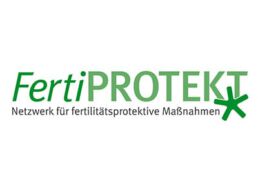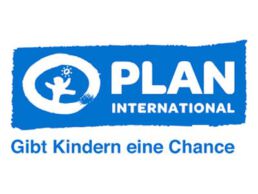Are you longing for a child?
Are you looking for a competent and empathetic team in Berlin to provide you with comprehensive advice and support during your therapy?
Then you have found a fertility center that meets your expectations.
Your fertility team at Friedrichstraße 79 is looking forward to meet you.
Sincerely
Dr. med. Gülden Halis
Individual support during therapy
Infertility requires a high degree of understanding of the causes in order to develop a specific therapy plan individually and together with each patient and couple. In our practice, you will find experience and competence that has grown over the years, paired with a love for our profession. Our team is specialized on the diagnosis and therapy of both infertility and endometriosis.
Combining modern therapies with complementary approaches
We offer the entire spectrum of modern sterility therapy, combined with innovative therapy concepts, in an interdisciplinary team. In preparation and during the therapy we offer you extensive complementary and supportive therapy approaches: From traditional Chinese medicine (TCM), physiotherapy, nutritional medicine to psychological care.
Certified Endometriosis Center and Myoma Network
Endometriosis and myoma patients with or without the desire to have children are cared for by a team with many years of experience and can be certain to find competent contact persons for surgical, endocrinological and pain therapy. Due to high scientific and clinical expertise our practice is certified as an endometriosis center and also by the standards of DIN-ISO 2010.
We are socially engaged
In our field of expertise – as well as socially. Dr. Halis and all medical colleagues are members of various professional associations and organizations. To us, the Federal Association of Reproduction Physicians and the German IVF Registry, which document and monitor the quality of therapy in Germany, are important professional organizations.
Dr. Halis is on the scientific advisory board of the Endometriosis Foundation and is also involved in FertiPROTEKT – the network of fertility-protecting measures.
A personal and social concern is PLAN-International! – Not all children are as well off as our dream children. We have been supporting systems fostering projects to support children and families all over the world for 20 years.

